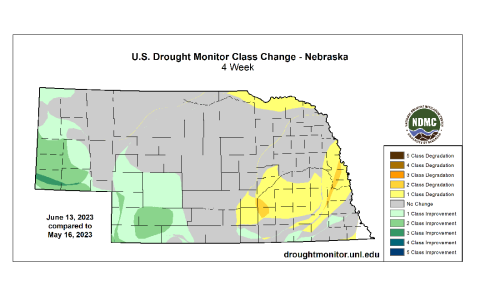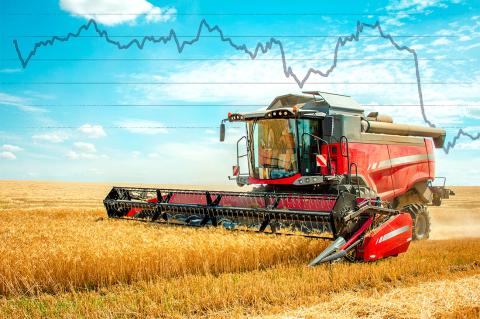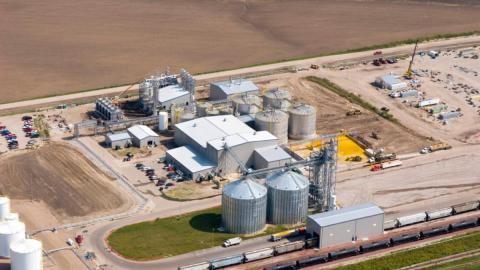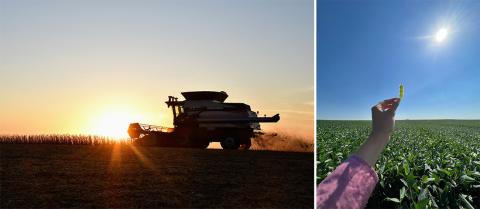Weekly Weather Update: June 15, 2023
June 15, 2023
Though precipitation in June has led to numerous improvements in crop, pasture and drought conditions across the state, there's been no relief from severe dryness in parts of southeastern Nebraska.
Don’t Fool Yourself: Grain Marketing Trends and Making Your Best Choices
June 15, 2023
This new webinar focuses on current market forces and common tendencies of decision-makers as they consider selling this year’s corn crop to improve their skills and strategies in grain marketing.
Producer Long-term Marketing Opportunities with Ethanol Plants
June 15, 2023
Researchers found from studying historical data that while marketing to ethanol plants can net producers better returns, the type (pre-harvest or spring) and size of benefit depend upon the size of the ethanol plant.
May Temperatures Well Above Normal Statewide, Heavy Precipitation Hits Western Nebraska
June 14, 2023
May's precipitation led to atypical extremes for both sides of the state, with the western region breaking records for rainfall and eastern areas setting new records for dryness.
What Do We Know About Water Use of Weeds?
June 14, 2023
In an effort to estimate the cost of weeds to agriculture and the overall economics of weed management, researchers recently analyzed numerous scientific studies on the water use of 34 weed species found across the world.
Nebraska Growers Help Estimate Field Variability in Soybean Protein and Oil Content
June 14, 2023
First-year results of a cooperative, multi-state research project aimed at helping growers achieve soybean yields with higher protein and oil content.
Major Nebraska Rivers and Their Drainages: Part 5
June 13, 2023
Part 5 of the Nebraska Rivers series focuses on the Platte Rivers, which played a crucial role in America's westward expansion as settlers traversed along these waters.
Pasture and Forage Minute: Low Hay Stocks, Grazing Shifts, Toxic Pasture Plants
June 13, 2023
With the lowest level of hay stocks since 1974, extension educators stress the importance of taking inventory of feed and hay resources, and to begin planning for next year's needs right now.








